-
Fresnes – Observations of a Collaborateur. Part I, Paris 1947

Rio was a pseudonym of Ralph Soupault (1904-1962), who became known in the 1920s as the leading cartoonist of the French nationalist reaction. Later on he joined the French fascist party PPF, which was led by the former communist activist Jacques Doriot. Like his friend, the groundbreaking novelist Celine, Soupault was a supporter of the […]
-
The Message of the Sandwich Man (Found by Tom Gretton)
Not translated: In this lively street scene illustrator Richard Caton Woodville cached a reference to his collague Melton Prior, the most popular special artist of the era, and whose traditional dress code. Richard Caton Woodville,’ Shower in Piccadilly’, Illustrated London News, 18 September 1886 (Kensington and Chelsea Public Libraries, photo Tom Gretton) Richard Caton Woodville,’ […]
-
ROSTA / GPP : Pictorial Newsposter-Series of the Russian Avantgarde III , Moscow, 1921
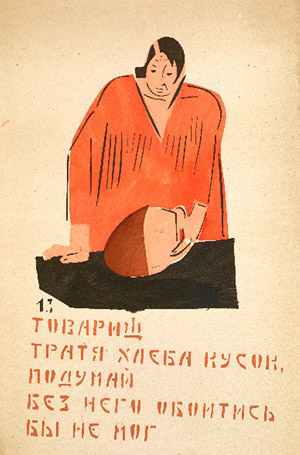
The campaign at ROSTA ended at the beginning of 1921 with the departure of the director of the news agency Platon Kerzhentsev. Afterwards, it was continued for one more year with a stricter conception in didactical terms under the patronage of Glavpolitprosvet (GPP), a newly founded educational institution of the Ministry of Cultural Affairs. The […]
-
ROSTA / GPP : Pictorial Newsposter-Series of the Russian Avantgarde II , Moscow, 1921
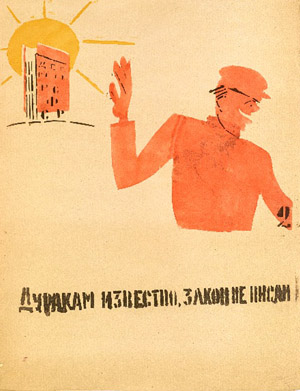
The ROSTA graphics were not only influenced by the already declining art of the classical avant-garde, but also by the then highly topical culture of American daily strips. Communism and comics were not oppositional camps in the pre-Disney era, quite to the contrary. Particularly the windows of Mikhail Cheremnykh reveal a conspicuous stylistic proximity to […]
-
ROSTA / GPP : Pictorial Newsposter-Series of the Russian Avantgarde I , Moscow, 1920 / 1921
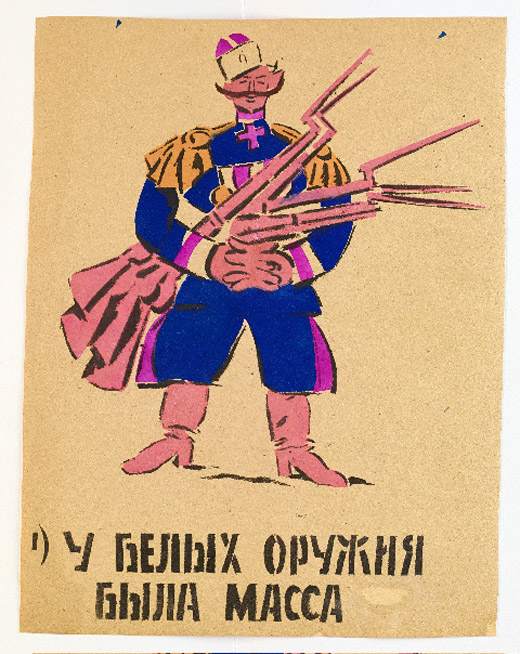
In February 1919, caricaturist Mikhail Cheremnykh started an artistic campaign in an empty shop window with a visually designed report of the Bolshevist news agency ROSTA. Shortely thereafter the initiative was taken up by the popular poet Vladimir Mayakovsky. He selected most of the news items and prepared them for pictorial realisation. “The field of […]
-
Urban Apaches: Torture, Blood & Thunder (Masters of Faits Divers – Painting IV)
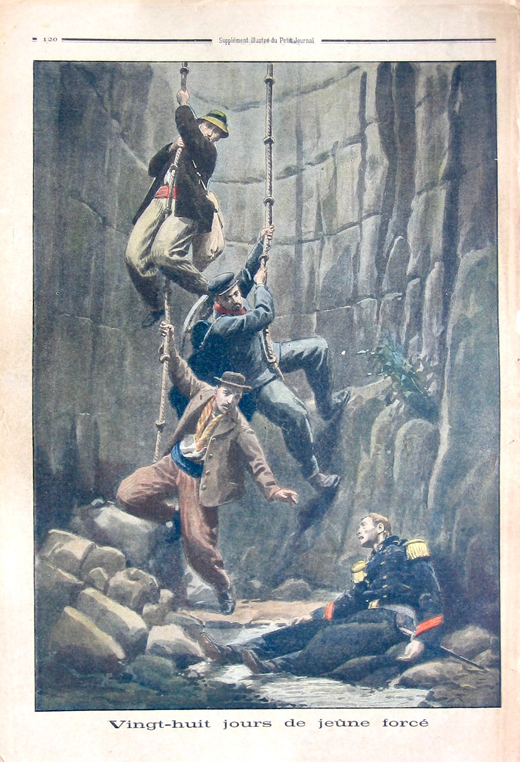
“Les Apaches” can be considered as an early manifestation of rebellious youth culture in Paris. They were organized in street gangs with special idioms and dress codes very similar to those of the London costermonger-subculture. In 1907 “Le Petit Journal” called the ruffian Apaches “the sore of Paris. More than 30.000 blighters standing against 8.000 […]
-
Georg Winter´s UCS moving pictures:: Losing Horses. – Scene 3: The Haus zur Trapp in Pulheim
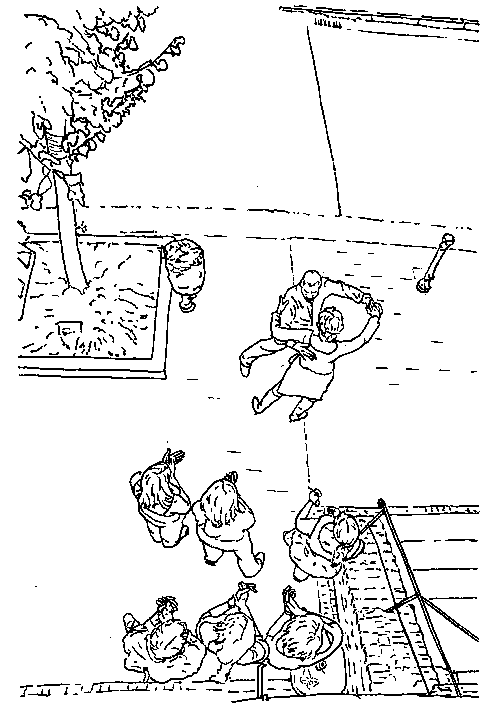
Ihren Höhepunkt und Abschluss finden die Dreharbeiten auf dem Stommelner Dorfanger. Das Haus zur Trapp, ein Gebäude von 1785, in Realität Café und Hotel, fungiert in der Roman-Verfilmung als jene Schänke, die Quixote für eine Burghält. Die adligen Frauen, die er in ihren Fenstern zu sehen glaubt, sind indes Wirtstochter und Hausmagd, die seine Hand […]
-
Georg Winter´s UCS moving pictures:: Losing Horses. – Scene 2: The former drive-in theater in Pulheim
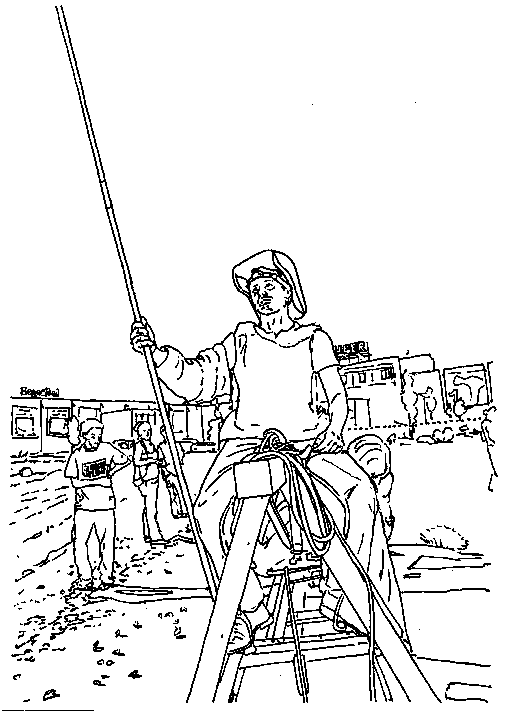
A German/Hungarian Film, UCS Self Organizing CinemaDirection: Vera Poros, Kerstin KachelmannScreenplay: Georg WinterBased on the novel Don Quixoteby Miguel de Cervantes SaavedraShot in Ukiyo Real Time for the first time with “UCS Passive Acting” by Johnny Depp andChristopher Lee (both of whom were requested), reversed stunts at three locations: the Stommeln windmill, the former drive-in […]
-
Georg Winter´s UCS moving pictures:: Losing Horses. – Scene 1: The Stommeln windmill
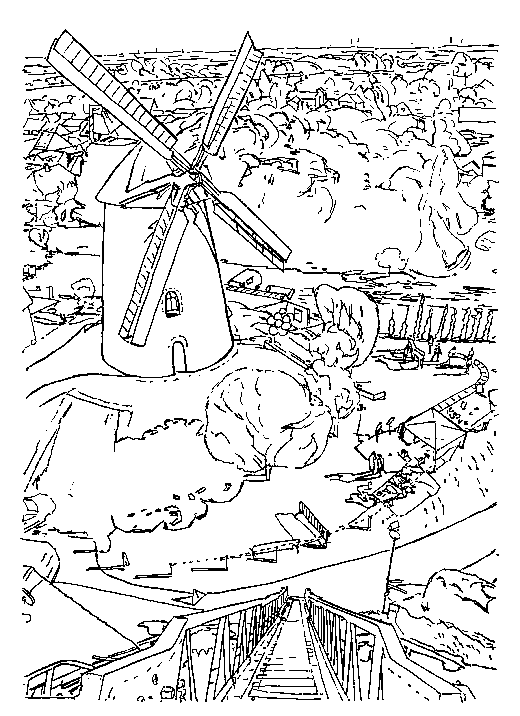
Pulheim und Stommeln, unweit von Köln, waren im September 2005 die Drehorte der deutsch – ungarischen Filmproduktion “Losing Horses / Veszítö Lovak” von Ukiyo Camera Systems moving pictures. Das von Georg Winter entwickelte Echtzeit-Aufnahmeverfahren versucht, ausgehend von Wirklichkeitskonstruktionen des “Don Quixote von la Mancha” von Miguel de Cervantes Saavedra, filmische Situationen zu schaffen (Self Organizing […]
-
The new flesh / Das neue Fleisch , Turkish and Kurdish butcher shops in Berlin-Kreuzberg.
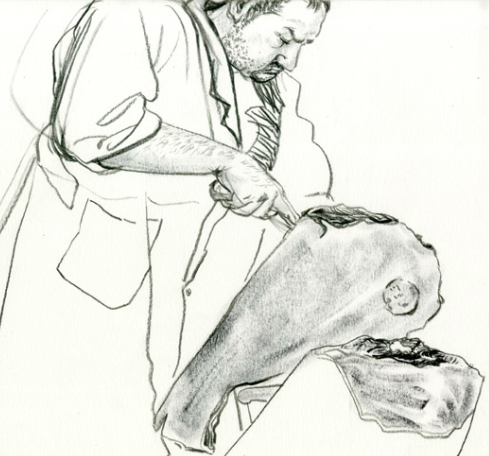
Xiaopeng Zhou, 1985 in Guangzhou geboren, studierte bis 2008 an der Kunstakademie seiner Herkunftsstadt, lebt zurzeit in Deutschland und beendet in Kürze sein Masterstudium an der Berliner Kunsthochschule Weissensee. Die Bildstrecke ist ein Auszug aus der 76-teiligen Serie von Reportagezeichnungen, die Zhou im Laufe von vier Wochen – ab dem Bayram, dem Fastenbrechen nach dem […]